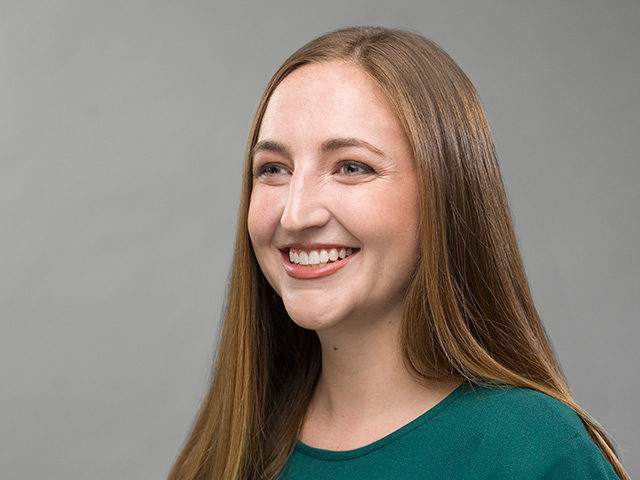Over the last few months, Grand Rapids Community Foundation has been spreading the word—via postcards, a special edition of Current, blog posts, videos, a special event and social media—about estate planning and planned giving. We hope the information has been interesting and useful.
When my dad died in September 2014, his estate was well planned. He’d created a will and revocable trust and made provisions for gifts to his favorite nonprofits. As his personal representative, it was up to me to make the distributions from his retirement fund. He’d opted to use his unused IRA money for charitable purposes, as it would have been highly taxed if gifted to an individual.
I asked to have the checks sent to me for distribution, because I wanted to talk with people at the organizations about my dad. I wasn’t concerned about whether the money would go to operations or a special fund, because either was a good cause. It was an honor to hand over those checks. They weren’t huge, but for my dad they would represent the largest single gifts he would ever give. Planned gifts are like that for most people, who give many modest gifts during their lifetime. The National Philanthropic Trust found that the average American household gives about $2,900 a year to nonprofits. Our average bequest at the Community Foundation is $269,000. My dad’s small IRA was around $30,000, and he bequeathed it in equal shares to his church, the art museum, YMCA and the community foundation where he lived.
Those meetings with organization leaders or development staff were good for my grief and healing. His pastor told me a story about the flagpole at the church. My dad had paid to have it installed and landscaped and would drive over from his house a mile or so away with a bucket of water to keep the flowers around it blooming. “We’ll do something with the flagpole,” the pastor told me. The art museum director told me that bequests are like found money, something they don’t plan for but put into a fund to buy artwork. My dad was a long-time volunteer at the museum, and I know he would have loved this particular gift.
The YMCA director knew my dad loved to swim and mentioned using the gift for pool improvements. At the community foundation, a development staff member asked questions about my parents. Although he knew my dad, he wanted me to talk about them, their values and why I thought they were charitable. It was an emotional conversation. Hearing anecdotes about my dad from people he knew outside of my life comforted me. I was so proud to represent him with those gifts, and it pleased me that they all knew my dad quite well.
People who aren’t of a charitable mindset might wonder why giving up $30,000 felt so good. First, the money was never mine to have. Even as an only child, I never expected a large inheritance. My parents were always very community minded, and I knew whatever I received from them would come from what was left after their gifts to the organizations where they worshiped, volunteered, visited or otherwise supported. It was a mindset I was raised with, so it wasn’t a surprise.
Yes, I did receive a nice inheritance, but the gift my dad gave me wasn’t his money. It was a deeper understanding in a very personal way the importance of volunteering and financially supporting a community that you love.
